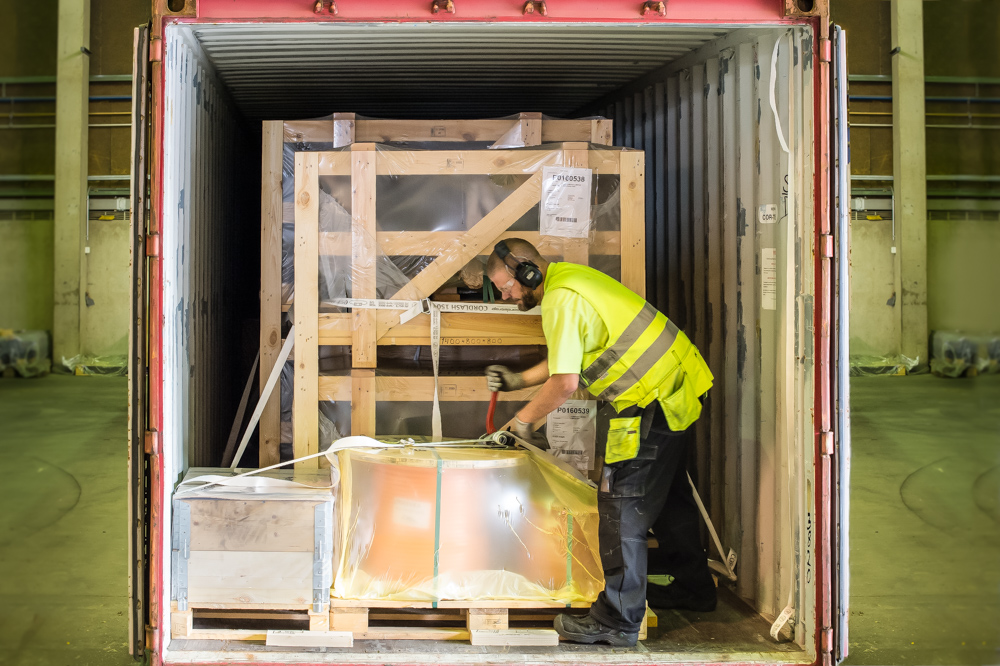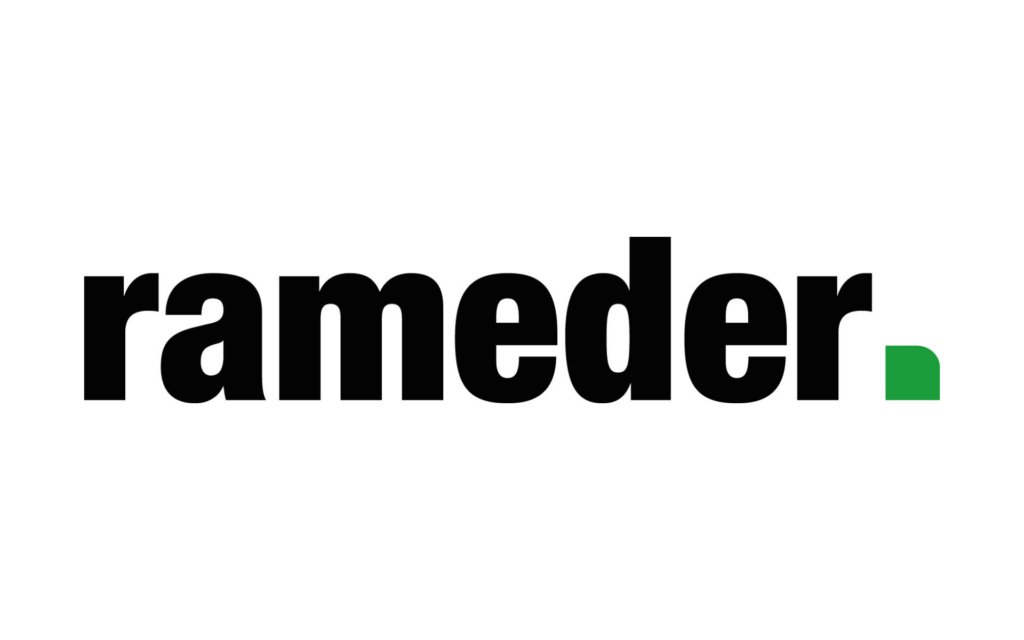Do you know what happens in your warehouse during the day? How long does it take for your employees to complete a specific task, and what resources do these tasks truly require? Answering all of these questions is the purpose of work study, an essential aspect of the operations of logistics companies.
Work study in logistics provides detailed analysis to ensure efficiency. It involves a detailed and systematic analysis and evaluation of work tasks. The primary goal is typically to describe work stages and measure the time spent on tasks. The study also maps out the information, skills, and tools that employees need for their work, as well as the conditions in which the work is performed.
There are several different methods of work study. The task under investigation largely determines which research method is reasonable to choose. Various methods include observation study, methods-time measurements (MTM), time study, time calculations and standard time systems.
The scope and precision of the study, i.e., what is investigated, how broad or complex the entirety is treated, and how detailed information is sought, determine the time allocated to it. Work studies focused on narrow themes can typically be conducted in just a few hours. On the other hand, if the goal is to achieve a reliable, detailed, and measurable picture of the entire warehouse operation, it is advisable to allocate several weeks, typically involving multiple on-site research days.
Planning and communicating the work study to the staff ensure the quality of the study
At the beginning of the work study, it is essential to get an overview of the entity under investigation. Typically, in warehouse studies, a process walk is conducted with management, mapping out the areas into which the work should be divided.
Another crucial step at the start of work study is to inform the employees in advance, especially about on-site research and its goals. It is important and streamlines research days that everyone knows what is happening and what is expected of them.
If the goal of the work study is to measure the time spent on work tasks and describe processes in detail, the motion time analysis is typically used as the research method. To compile the analysis, the most essential work tasks in various stages of the processes are recorded on video. Using these videos, detailed MOST (Maynard Operation Sequence Technique) motion path analyses are formed. Employees are also interviewed to gain a broader understanding of the task under investigation, including possible anomalies or interruptions in the work. If necessary, a systematic observational study can also be organized, mapping out other time spent on work-related activities during a chosen period, such as organizing the warehouse or resolving uncertainties.
The collected information is analyzed, and based on that, development proposals are made. Adequate time should be allocated for analysis to ensure comprehensiveness. Similar to pre-information sharing, the analysis and development measures should also be discussed with the staff.
Work study in logistics brings various benefits
Through work study, valuable information about the overall structure of processes, the work methods and tools used, and working conditions is obtained. The results of work study can be utilized, for example, in layout changes, streamlining processes, or planning better ergonomics. It is possible to achieve efficiency improvements and enhance both employee well-being and economic profitability.
With the MOST work study method, once the processes are analyzed as a whole, various development steps can be simulated in advance. This helps determine the impact of the development on the overall process and assess the profitability of the improvement.
Development measures can be simple, such as ensuring that tool storage locations are where they are used, at an ergonomic height for easy access and return. Surprisingly, there is a significant long-term impact on workflow smoothness, even in visually marked places, eliminating the need to search and guess where each item belongs. When evaluating development opportunities, it is essential to also consider possibilities for quality improvement, such as reducing human input or calculation errors.
Work study is customer-oriented action
At HUB, work study is not only for the benefit of employees but also for customers. Work study makes processes transparent, and their required time is measured. This enables us to find out how many resources different stages of the process require. Transparency in processes ensures optimal resource utilization and high-quality service.
Therefore, work study is a useful tool that not only reveals existing processes but also provides an opportunity to develop them even further. Efficiency, employee well-being, and quality go hand in hand, and at HUB, we are committed to bringing these benefits to both our employees and customers. Work study is not just an analysis; it is a step towards better logistics.

Elisa Ojala
Development Engineer, characterized by a systematic and long-term approach, developing based on data
Explore our services and feel free to contact us. We are happy to discuss how we could further develop logistics for your company.
HUB logistics – Services



